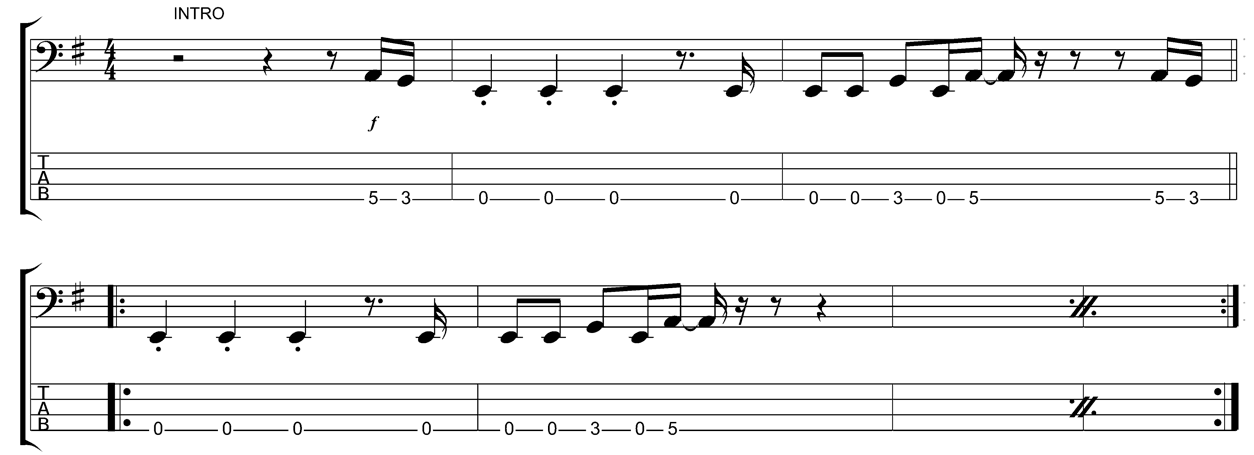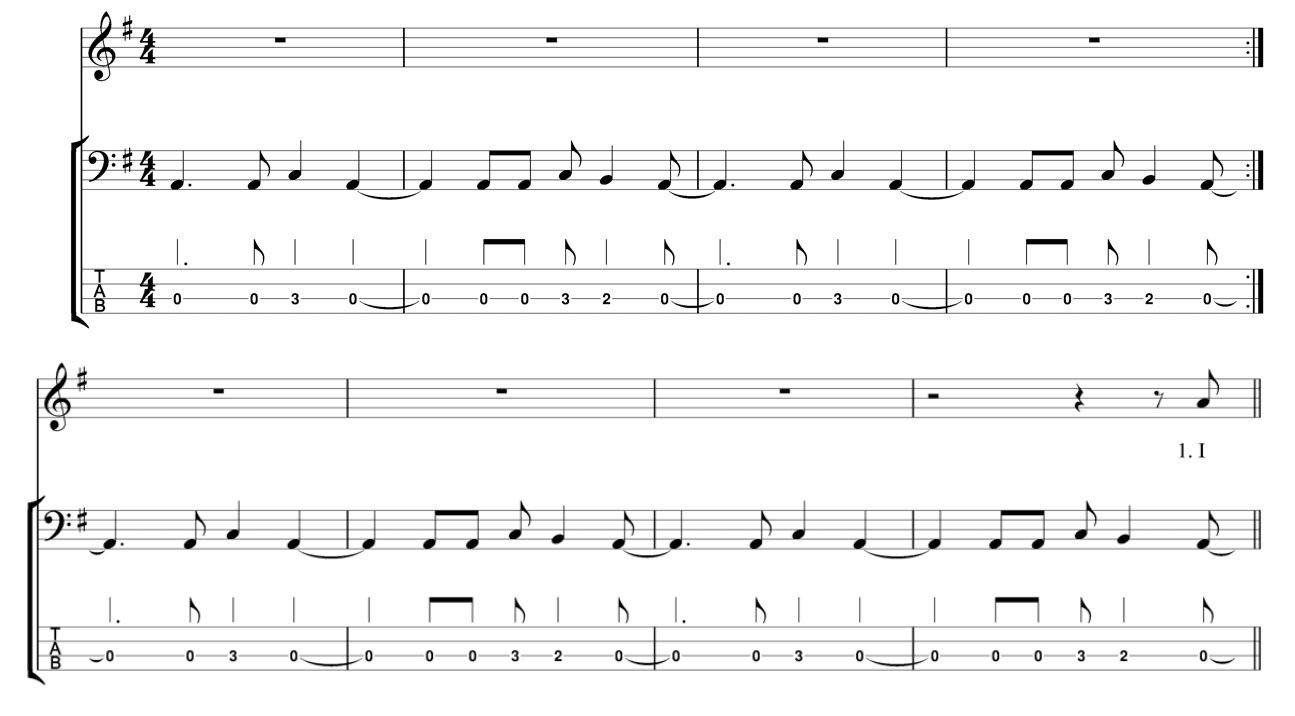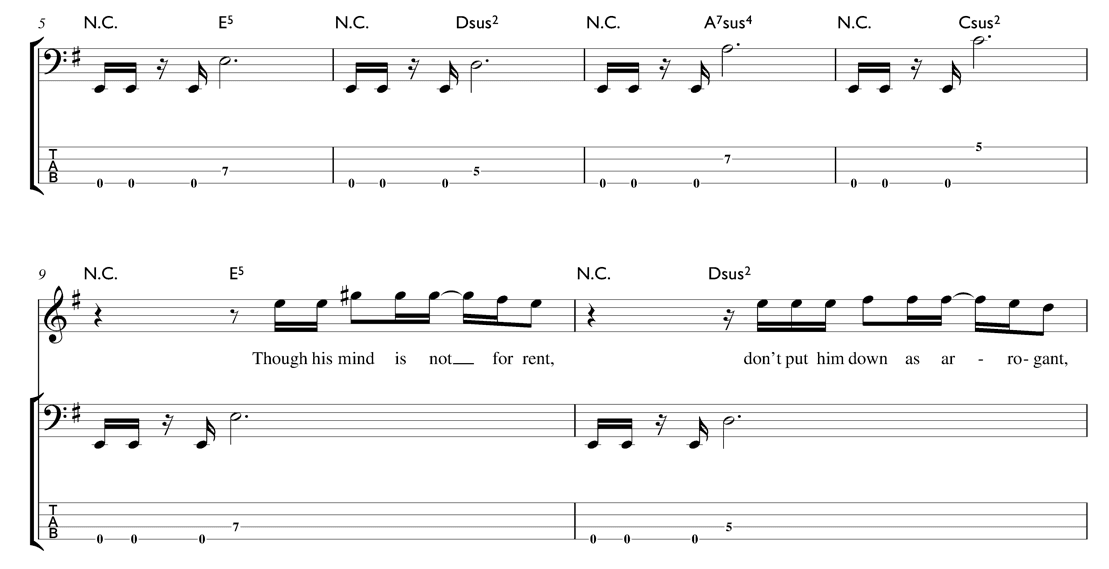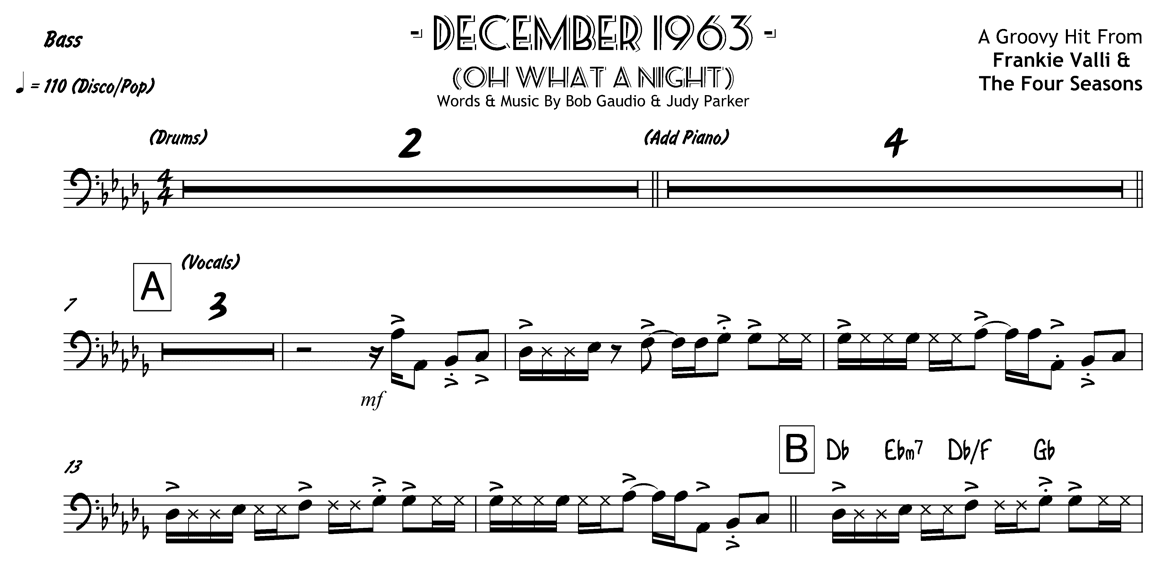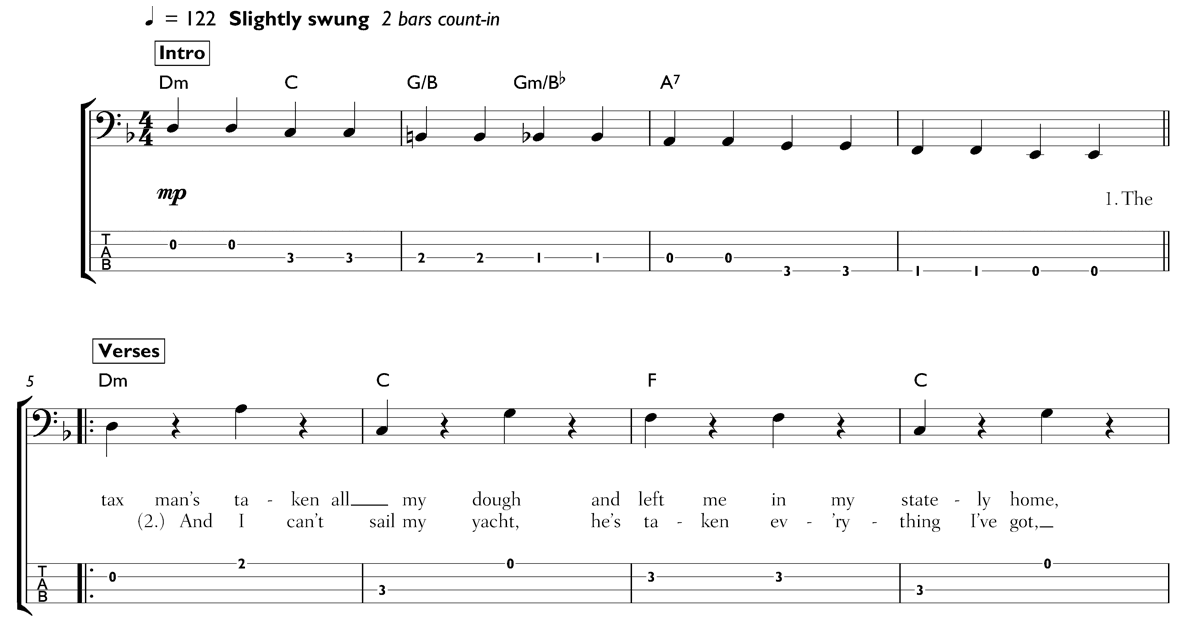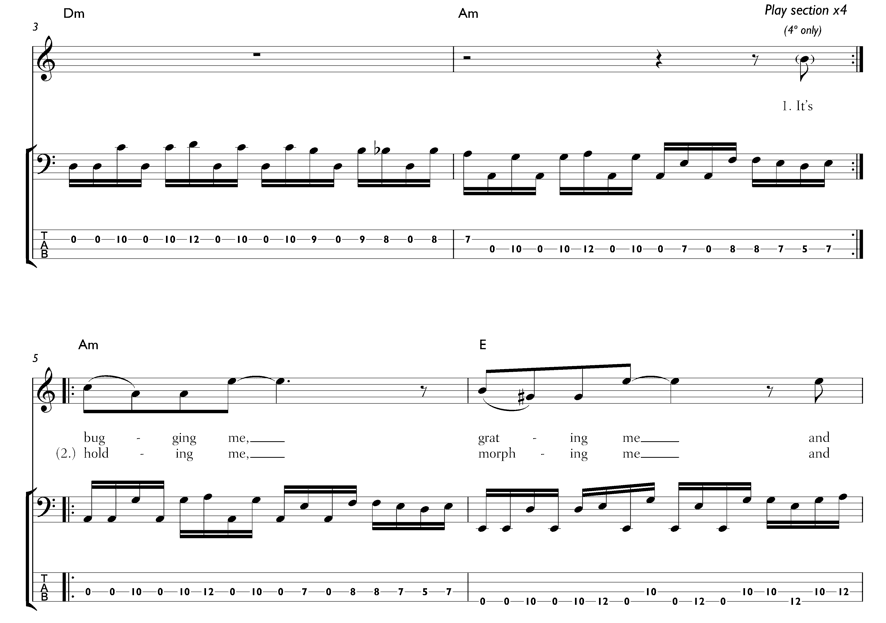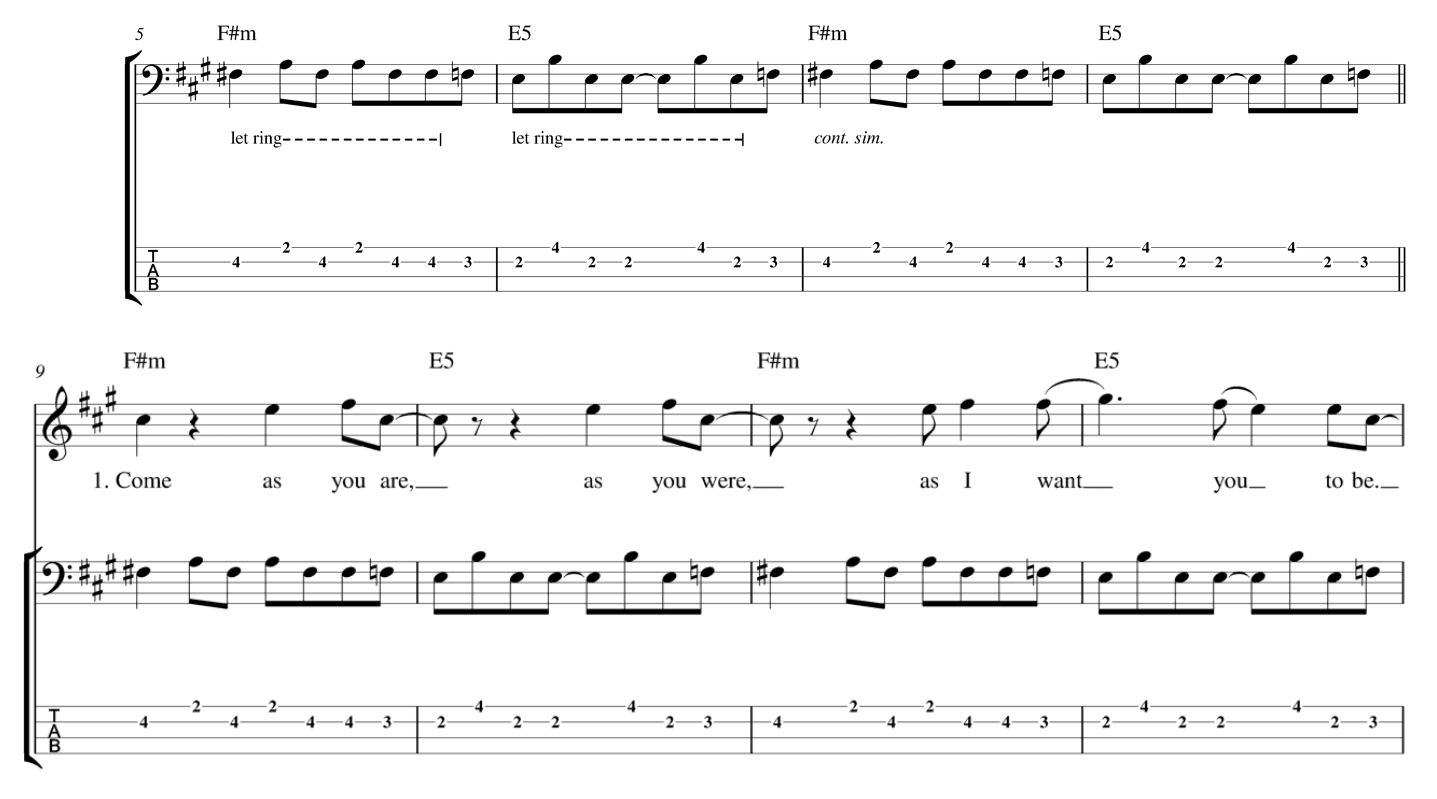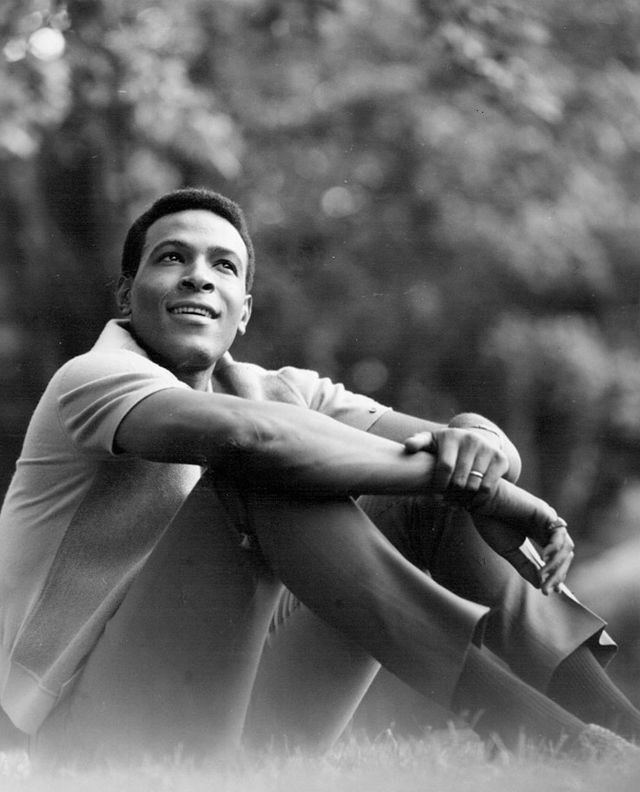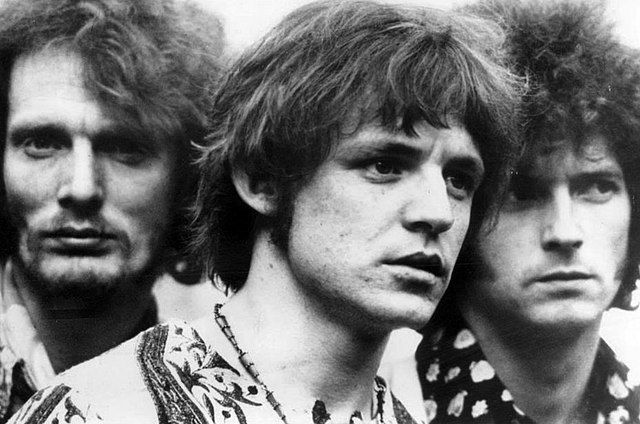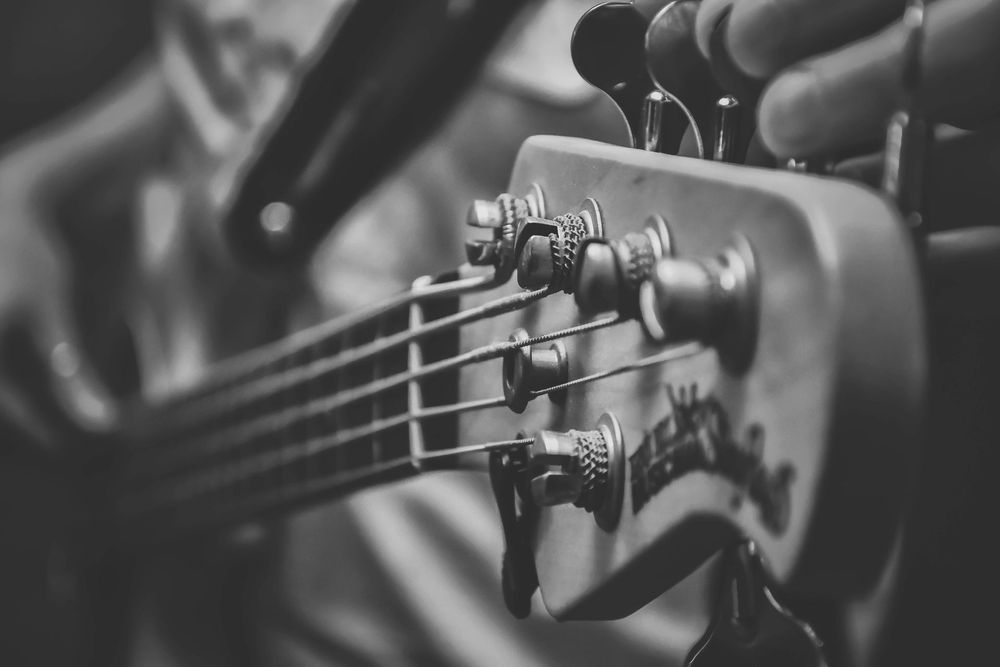Music that’s as great to listen to as it is to play. That’s what we’re surveying in this article. Ten songs ranking among the greatest achievements in bass music, that will also take the aspiring bassist’s playing ability to the next level.
If that’s you, prepare for ten songs here that will challenge your technique. Songs that offer engagement with diverse genres and playing styles. Songs that will introduce you to the masters and the innovators and the beautiful, pioneering music they played. Ten music lessons that will help you to become a better player.
Or, if you’re not a bassist, simply ten massive bass-playing achievements to learn about. At any rate, to bear witness to their greatness, just follow the links to the app provided. Add the bass tabs to your library, save them offline, annotate to your heart’s content, and let nkoda help you become the musician you’re aiming to be.
Best songs to learn on bass
- ‘Another One Bites the Dust’ by Queen
- ‘I Heard It Through the Grapevine’ by Marvin Gaye
- ‘Tom Sawyer’ by Rush
- ‘December, 1963’ by The Four Seasons
- ‘London Calling’ by The Clash
- ‘Lovely Day’ by Bill Withers
- ‘Sunny Afternoon’ by The Kinks
- ‘Hysteria’ by Muse
- ‘Minnie the Moocher’ by Cab Calloway
- ‘Come as You Are’ by Nirvana
